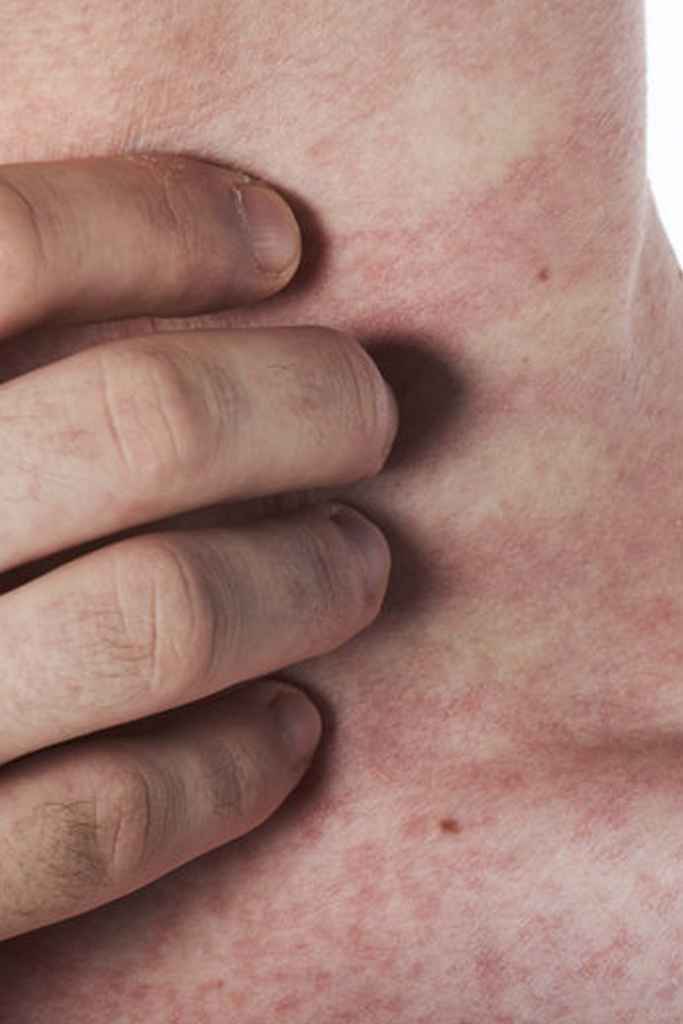 The skin is our largest organ and is tasked with the important job of protecting our body from environmental stresses and infections. It is very common for superficial infections to gain entry into the skin through small cuts or trauma.
The skin is our largest organ and is tasked with the important job of protecting our body from environmental stresses and infections. It is very common for superficial infections to gain entry into the skin through small cuts or trauma.
Types of Skin Infections
- Bacterial Skin Infections
Common bacterial skin infections include impetigo, cellulitis, and abscesses. They often begin as small red bumps that crust or blister and can turn into swollen painful plaques or purulent nodules. - Viral Skin Infections
Viral infections are common and usually very contagious. They can be confined to just the skin such as warts or affect the whole body like measles. Common other cutaneous viral infections include shingles, chickenpox, molluscum contagiosum, and hand foot mouth disease. - Fungal Skin Infections
Fungal and yeast infections are common on the feet, nails, and groin in adults, and scalp in children. These infections are more common in warm, moist environments and can spread by close contact or walking barefoot in public places. Common types of fungal/yeast infection are “athlete’s foot”, “jock itch”, ringworm, and diaper rashes. Travel history and hobbies, such as gardening, should be discussed to exclude more rare causes of fungal infections. - Parasitic Skin Infections
Common parasitic infections such as scabies and lice are spread through close personal contact. Symptoms of parasitic infections may not occur or be obvious right away which can contribute to the highly contagious nature. Other parasitic infections that are usually seen abroad can mimic more common rashes, so a high degree of suspicion is needed when dealing with complicated rashes.
Treatment
Depending on the type of infection, a topical or oral medication may be used. During your consultation, we will carefully examine your skin to create a precise treatment plan for you, as well as try to prevent reoccurrence in the future.
For more information on skin infections, be sure to contact Nova Dermatology today.


